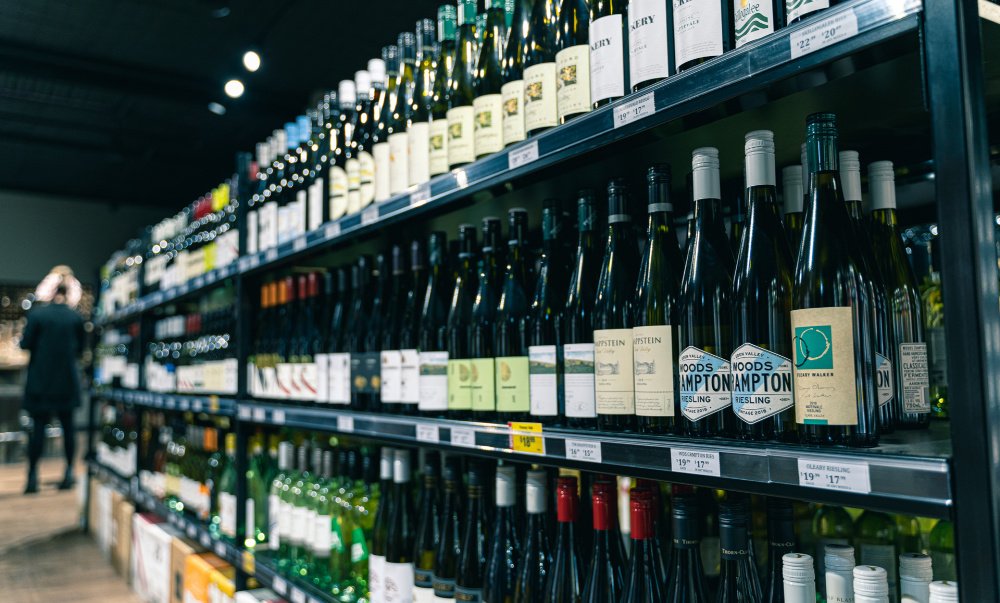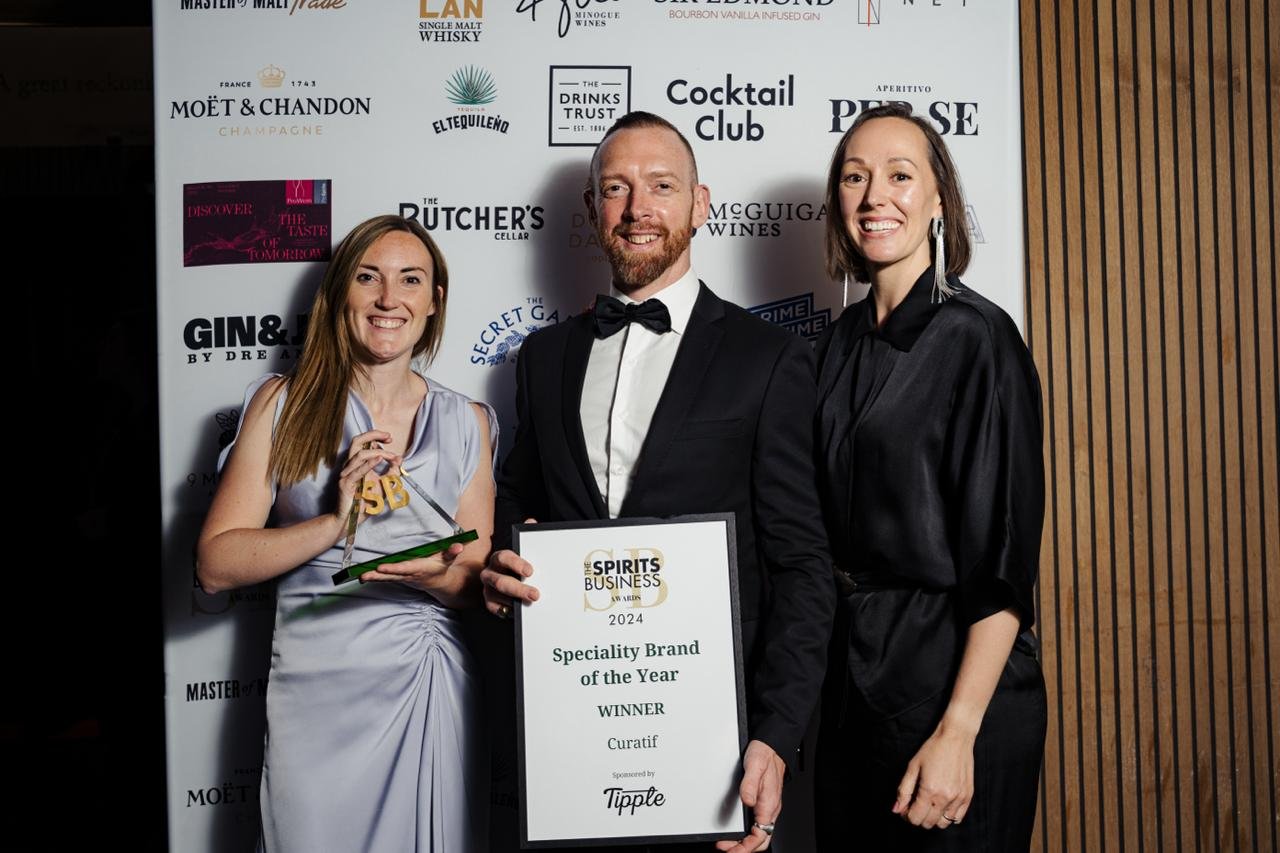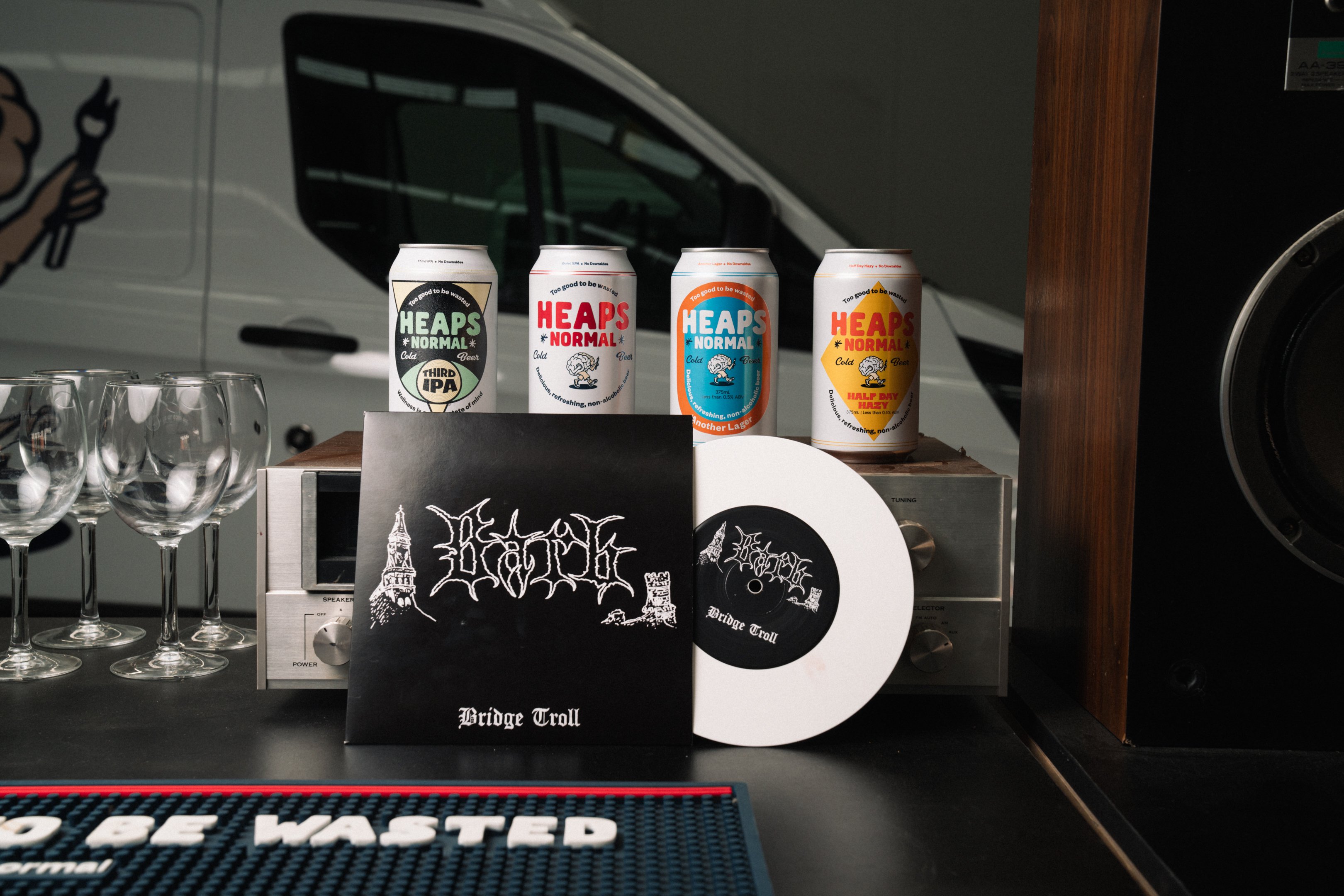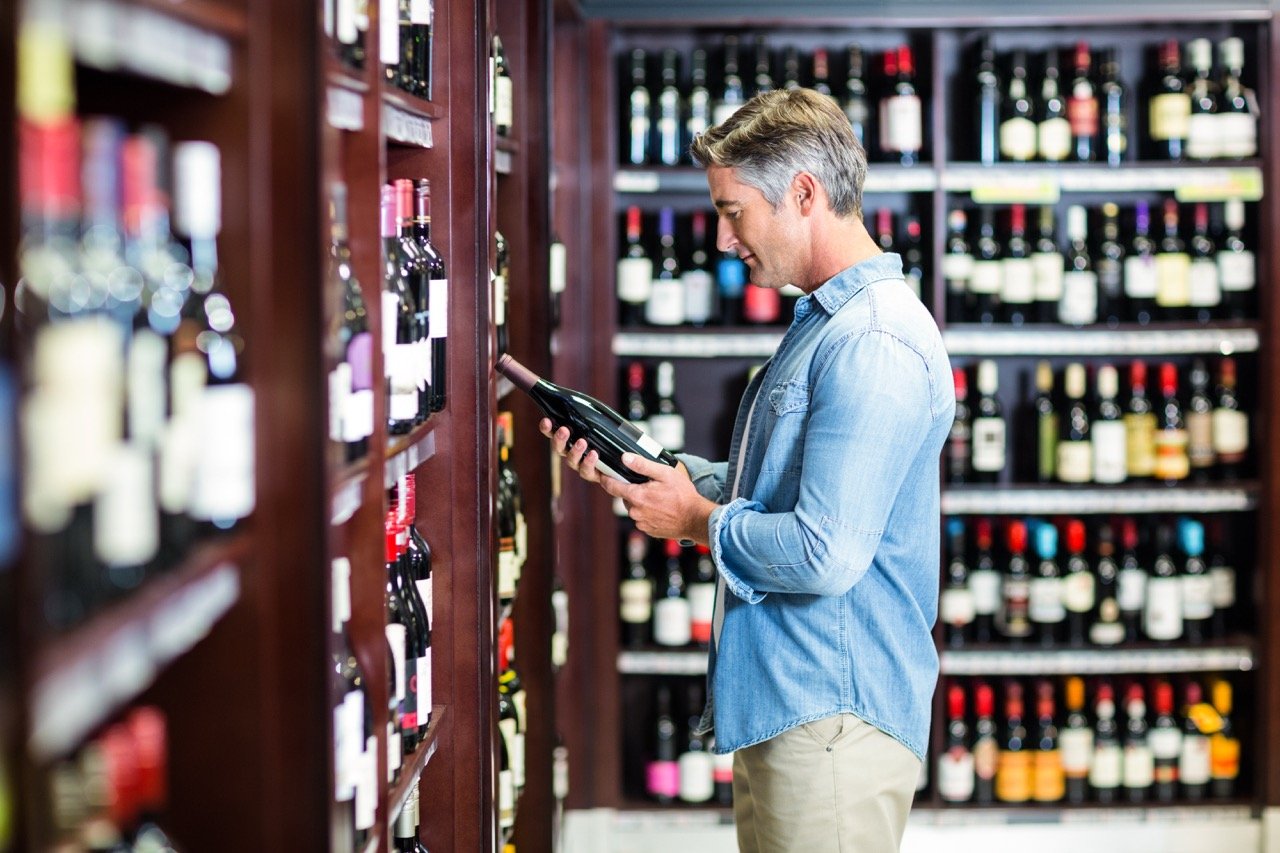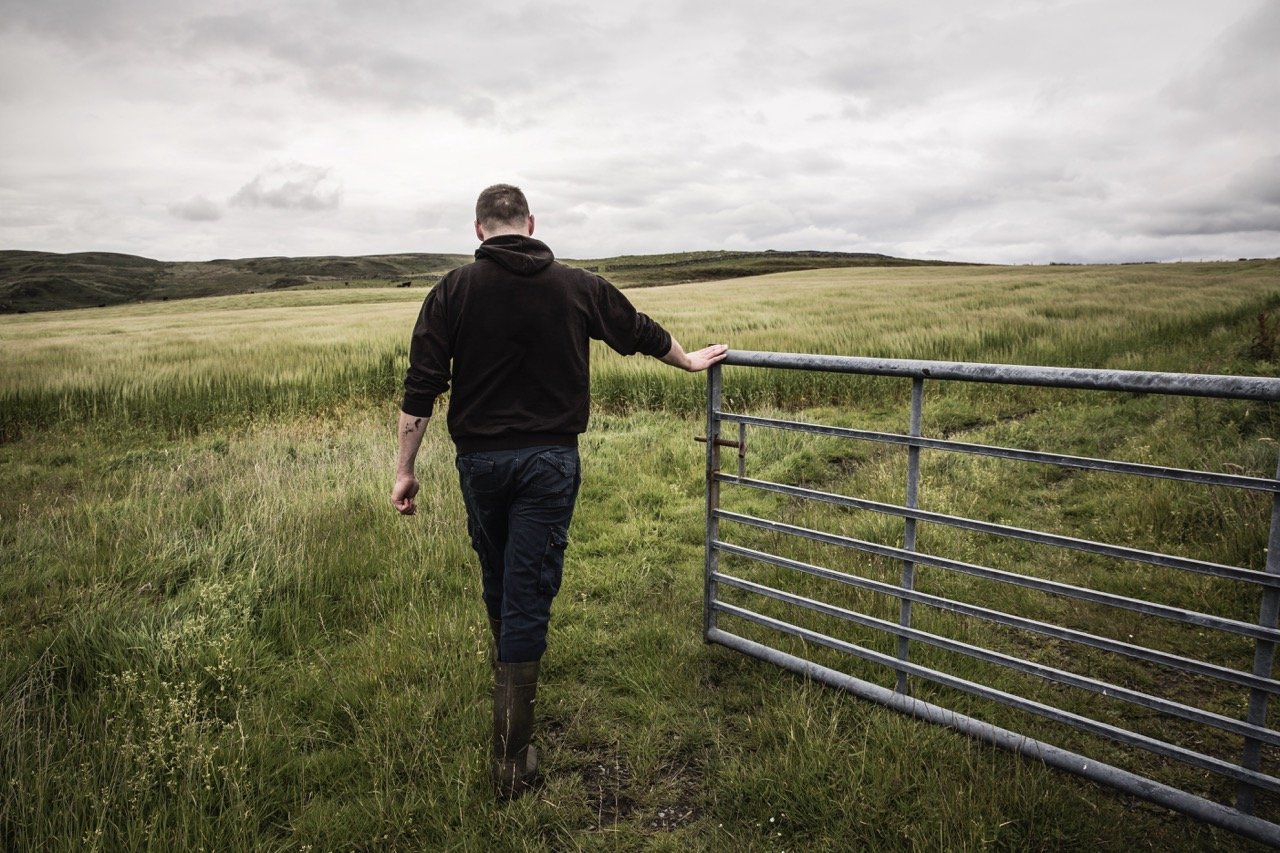Treasurer Josh Frydenberg confirmed this week that Australia has entered its first recession in 29 years. So, what does that mean for the drinks industry - is alcohol recession proof?
Economists define a recession as two consecutive quarters of GDP contraction. Figures from the Bureau of Statistics show Australia's economy shrank 0.3 % in the March quarter, due to bushfires and the early stages of COVID-19.
Economic contraction has continued during the latest quarter, with the ABS reporting Australian retail turnover fell 17.7% in April 2020, while spending in liquor retail fell by 12.4%, seasonally adjusted.
It was an even tougher month for cafes, restaurants and takeaway food services. In current prices, the seasonally adjusted estimate for the sector fell 35.4% in April. By industry subgroup, the seasonally adjusted estimate fell for cafes, restaurants and catering services (-52.6%), and takeaway food services (-16.8%).
The following states and territories fell in seasonally adjusted terms in April 2020: Victoria (-21.1%), NSW (-17.5%), Queensland (-15.7%), Western Australia (-16.8%), South Australia (-14.6%), Tasmania (-17.5%), the Australian Capital Territory (-14.9%), and the Northern Territory (-7.7%).
The news follows the ABA revealing last week that April was the worst month on record for alcohol sales in Australia.
Drinking in an economic downturn
Alcohol has been historically resilient during tough economic times and is generally regarded by analsyts as being a "recession proof" industry.
"People drink in good and bad times," Tim Bain, chief investment officer at Spark Asset Management Group, explained.
Seeking Alpha agrees: "Alcohol stocks are generally considered to be recession tolerant investments due the relatively stable demand for alcohol during tough economic times."
IWSR has analysed the impact of the 2008 financial crash on the beverage alcohol industry and assessed whether similar patterns may occur in the wake of COVID-19 in its report "Drinking in an Economic Downturn".
During the global economic downturn of 2008/9 alcohol consumption was essentially flat. However, the last economic crisis saw a “shake-out” of small brands from retail as operators sought to maximise returns, which IWSR CEO Mark Meek believes will happen again.
“Both these factors spell a very difficult time looming for the majority of craft producers, unless they have size already,” he said.
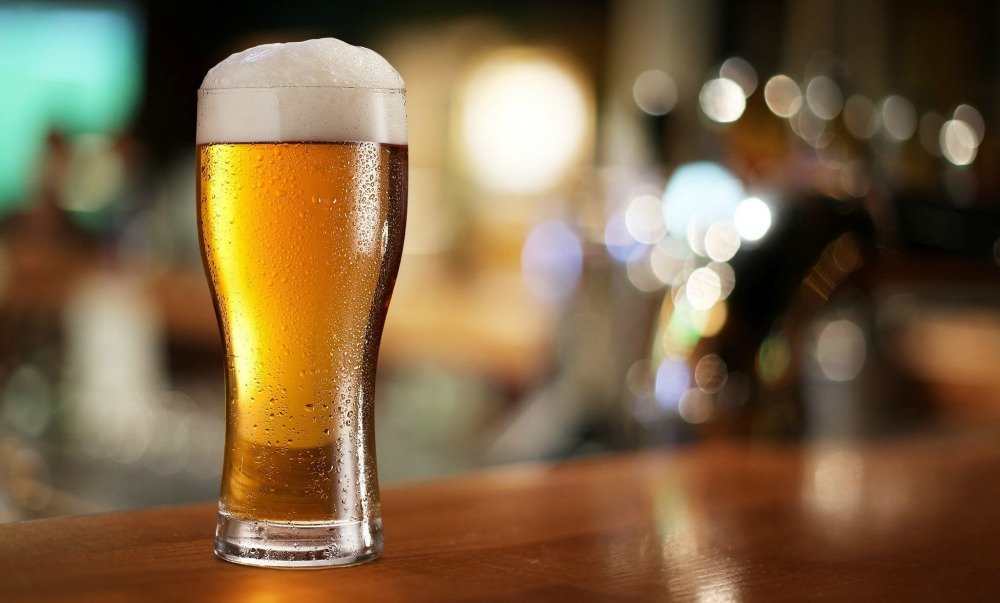
Beer and cider sales dropped from 6% growth in 2007 to a 1% decline in 2009, according to IWSR figures. They battled a combination of duty rises, an on-premise slump and increased at-home consumption, which tends to favour spirits and wine. IWSR believes this trend will happen again.
Champagne consumption, often tied to celebratory drinking occasions, will likely be hit hard, while sparkling wine, which has declined steeply in the short-term, should recover as lockdown restrictions ease in markets where it is viewed as an everyday drink, but sparkling wine celebration markets will likely take longer to return to growth.
In 2008 and 2009, standard-priced wines and spirits declined and growth for premium-and-above flattened, with a shift to low price and value brands.
"We can expect history to repeat itself as the economic consequences of the pandemic shrink disposable incomes, with consumers gravitating to value products, the wealthy still treating themselves and standard representing the squeezed middle," IWSR predicts. "High-end products will likely remain stable and could even grow, especially as an investment."
During the last crisis, average prices stagnated, barely shifting between 2008 and 2010 before rising by just over 5% in 2011. Meek expects a repeat, alongside “much more” promotional pricing for major brands.
Share the content
